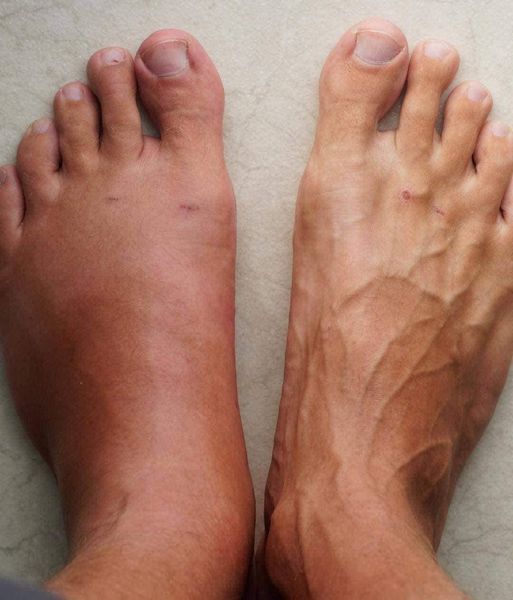Heart attacks are the leading cause of death in the United States, and the alarming rise in cases can be attributed to our fast-paced lifestyles and unhealthy habits. However, being aware of the symptoms of heart failure a month in advance can be a lifesaver.
Knowing these warning signs, combined with maintaining a healthy lifestyle and reducing stress, can significantly lower your risk of heart failure. Keep an eye out for these critical indicators:
Swollen feet and ankles may signal congestive heart failure, as blood accumulates due to the heart’s reduced pumping ability.

Excessive fatigue and drowsiness can occur when narrowed arteries restrict blood flow to the heart, forcing it to work harder.
Shortness of breath is a red flag, as reduced blood flow to the lungs can indicate an impending attack.
Unexplained weakness, particularly in the muscles, can be caused by poor circulation, increasing the risk of falls.
Dizziness and cold sweats may result from restricted blood flow to the brain, posing a severe threat.
Chest pressure or discomfort can gradually intensify until the actual attack.
Some people mistake early heart attack symptoms for flu or cold symptoms, highlighting the importance of prompt medical attention.
If you or someone you know exhibits these symptoms, seek medical help immediately. Early detection is crucial in preventing a heart attack.
By recognizing these warning signs and sharing this vital information with loved ones, you could potentially save a life. Don’t underestimate the power of knowledge – spread the word.
Remember, a healthy lifestyle and awareness are your best defenses against heart disease. Stay informed, stay vigilant, and take control of your heart health.


